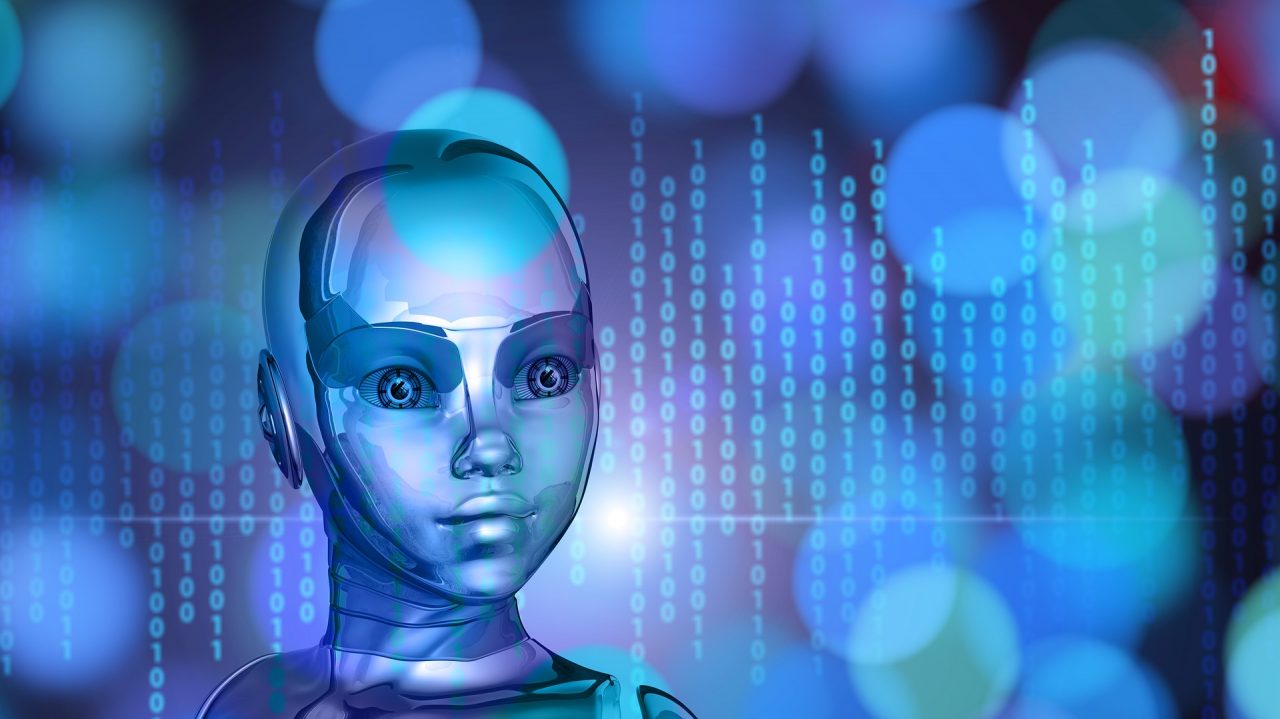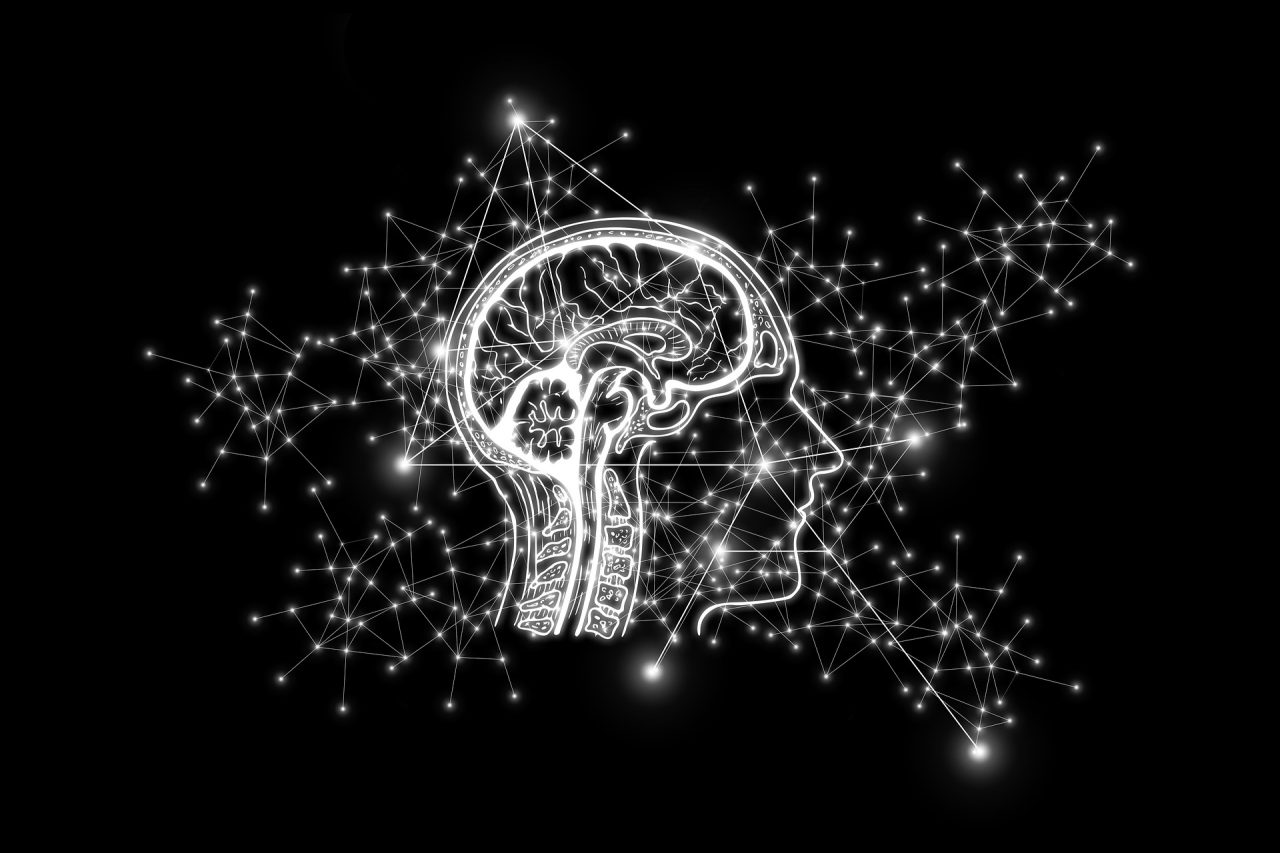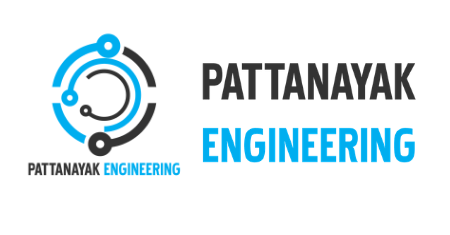
Top AI Trends In 2020
Here we are going to discuss about Top AI trends for the year 2020, Let us discuss it in details.
Robotic Process Automation
Robotic Process Automation is a flexible AI technology, but also one of the most disruptive. Imagine your job requires you to perform a high-volume, repetitive task on the computer. Maybe it’s related to invoicing a client. The task require to open an email attachment, copy data from the attachment into a CRM database, then grab related data from a different database, and send that new data in an email reply. This similar job is done several times per day and prevents you from working on projects that you’re more interested in.
RPA is a type of automation software robot that can take on these manual repetitive tasks. RPA tool can read the email, open the attachment, copy data into a CRM, get data from a different database, and even send the email reply. If there were an escalation requiring human intervention, the RPA would notify the employee to step in. In brief, RPA removes mundane tasks and frees up people for more exciting work, a key AI trend for companies to consider.
Key RPA applications: Invoicing, billing, payroll processing, data extraction and aggregation, shipment scheduling, and tracking.
Natural Language Processing (NLP)
Natural language processing applies machine learning models to teach computers how to understand what is said in written and spoken language. Due to its rich and growing applications, natural language processing is arguably one of the top branches of AI in overall economic value. NLP is becoming especially popular as consumers adopt voice interface technology like Google Home or Amazon Alexa. Rather than writing or interacting with graphics on a screen, we can communicate to devices that can understand our casual language.
Key natural language processing applications: Sentiment analysis, chat-bots, machine translation, automatic summarization, auto video captioning.
Reinforcement Learning:
In simple and understandable language, Reinforcement learning is an input- and output-based system that trains itself over trial and error to reach a certain goal, while using a reward system to reinforce its decisions. Therefore, an AI takes as input some data and returns as output an action. When it does this correctly, it receives an award. The better it performs its task, the more rewards the system is given and vice versa.
Let us think training an AI agent to predict whether an object is a carrot or a wood stick. If it accurately predicts a carrot, we give it a reward of plus one and if it erroneously predicts the wood stick, we give it a reward of minus one.
Usage of its applications: Personalized recommendations, advertising budget optimization, and advertising content optimization.
Edge Computing:
Large usage of smartphones, smart-watches, and Internet of Things-enabled devices in our homes and cars, there is a lot of data flying around. Converting all this data is rigid exercise requiring information sent to cloud computing machines based on servers hundreds or even thousands of miles away. Losing a Wi-Fi connection and your smart device becomes a very expensive blockage.
Edge computing takes the servers and data storage required for devices to access their smarts and puts it directly on the device. This technology is a real-time data processing that results in much faster computing responses and avoids network latency. If cloud computing is big data, edge computing is instant data.
Edge computing is performed on nodes. It is a mini-server close to a local telecommunications provider. By selecting a node creates a bridge between cloud and local computing options. This technique results in lower costs and less time spent on data computation, making for a faster experience for the consumer.
Key Applications: the interconnection of more devices, growth of the Internet of Things technology.
Open-source AI Framework
The programming world is built on libraries and frameworks that take redundancies out of everyday coding work.
Key Applications: Prototype and train complex AI algorithms; build pipelines to define, optimize, and assess an AI model; automate the training of a reinforcement learning module; build neural networks with just a few lines of code.
Conclusion:
If You have any queries you can drop your questions below,
we will be happy to solve your problems.
Thanks for reading…!!!
Pattanayak Engineering
https://pattanayakengineering.com/


